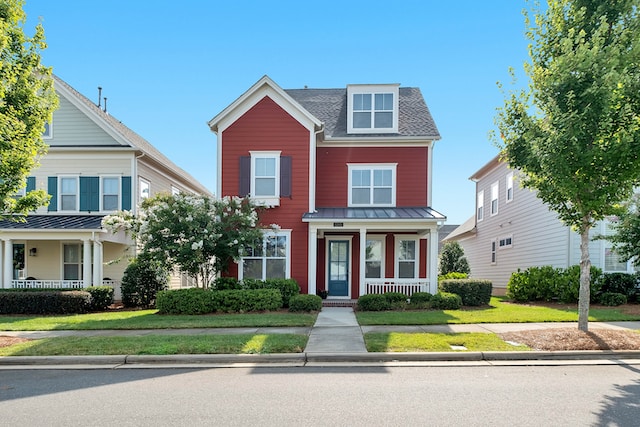If you’re a homeowner, you know that maintaining and improving your property is a never-ending task. Not only does it help you enjoy your living space more, but it can also increase your home’s value when it’s time to sell. In this article, we’ll discuss the top home improvement projects that can help you boost your home’s value and make it more appealing to potential buyers.

- Kitchen Remodeling: The kitchen is often considered the heart of the home, and it’s one of the first things potential buyers look at when viewing a property. If your kitchen is outdated or poorly designed, consider a remodel. Upgrades like new countertops, cabinets, and appliances can go a long way in making your kitchen more functional and attractive.
- Bathroom Upgrades: A clean and modern bathroom is a major selling point for any home. Consider upgrades like a new vanity, lighting, and fixtures, and add fresh paint and new tile to make your bathroom look brand new.
- Landscaping: The exterior of your home is the first thing people see, so it’s important to make a good impression. Improve your curb appeal by adding plants, trees, and flowers, and keep your lawn well-maintained.
- Energy-Efficient Windows: Energy-efficient windows can help reduce your energy bills and increase your home’s value. They can also help keep your home more comfortable year-round by reducing drafts and heat loss.
- Roof Replacement: If your roof is old or damaged, it’s time for a replacement. Not only will a new roof make your home look better, but it will also protect your home from water damage and other issues.
- Adding a Deck: Adding a deck can be a cost-effective way to expand your living space and improve your home’s value. A well-built deck can be a great place to relax and entertain guests, and it can make your home more attractive to potential buyers.
- Basement Remodeling: If you have an unfinished basement, consider finishing it to create additional living space. A finished basement can be used for a variety of purposes, from a home theater to a home gym, and it can add significant value to your home.
In conclusion, home improvement projects can be a great investment for homeowners. Not only can they make your living space more enjoyable, but they can also increase your home’s value when it’s time to sell. Consider these top home improvement projects to help boost your home’s value and make it more appealing to potential buyers.


